Pratap Tokekar
University of Maryland, College Park
Intermittent Deployment for Large-Scale Multi-Robot Forage Perception: Data Synthesis, Prediction, and Planning
Dec 16, 2021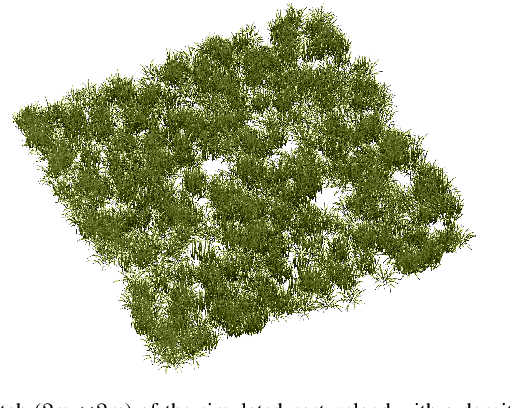
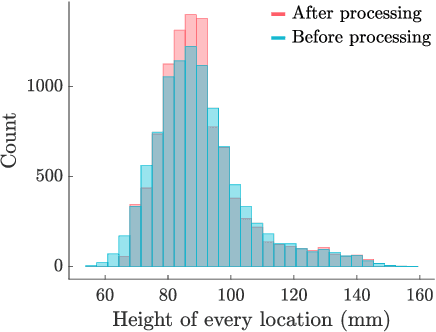
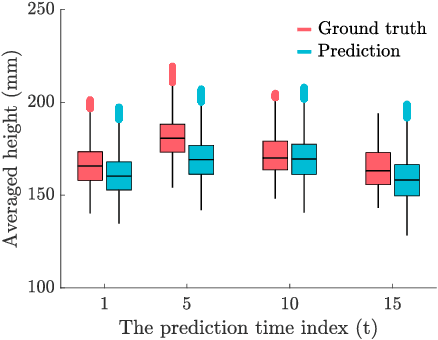
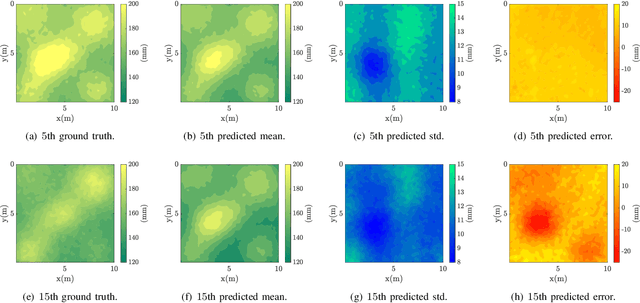
Abstract:Monitoring the health and vigor of grasslands is vital for informing management decisions to optimize rotational grazing in agriculture applications. To take advantage of forage resources and improve land productivity, we require knowledge of pastureland growth patterns that is simply unavailable at state of the art. In this paper, we propose to deploy a team of robots to monitor the evolution of an unknown pastureland environment to fulfill the above goal. To monitor such an environment, which usually evolves slowly, we need to design a strategy for rapid assessment of the environment over large areas at a low cost. Thus, we propose an integrated pipeline comprising of data synthesis, deep neural network training and prediction along with a multi-robot deployment algorithm that monitors pasturelands intermittently. Specifically, using expert-informed agricultural data coupled with novel data synthesis in ROS Gazebo, we first propose a new neural network architecture to learn the spatiotemporal dynamics of the environment. Such predictions help us to understand pastureland growth patterns on large scales and make appropriate monitoring decisions for the future. Based on our predictions, we then design an intermittent multi-robot deployment policy for low-cost monitoring. Finally, we compare the proposed pipeline with other methods, from data synthesis to prediction and planning, to corroborate our pipeline's performance.
GALOPP: Multi-Agent Deep Reinforcement Learning For Persistent Monitoring With Localization Constraints
Sep 22, 2021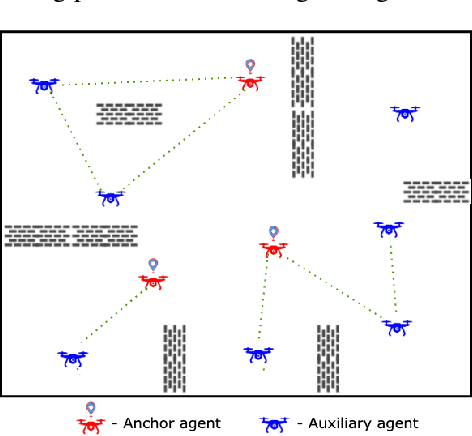
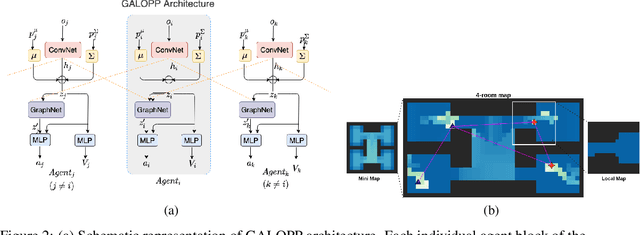
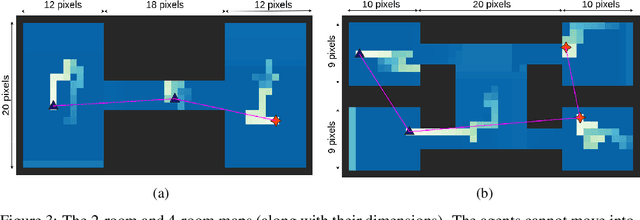
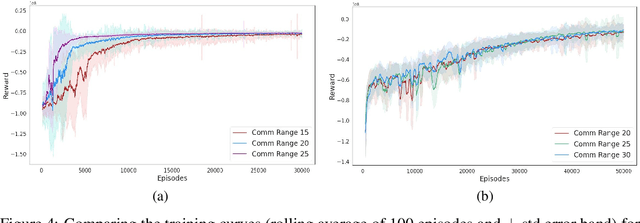
Abstract:Persistently monitoring a region under localization and communication constraints is a challenging problem. In this paper, we consider a heterogenous robotic system consisting of two types of agents -- anchor agents that have accurate localization capability, and auxiliary agents that have low localization accuracy. The auxiliary agents must be within the communication range of an {anchor}, directly or indirectly to localize itself. The objective of the robotic team is to minimize the uncertainty in the environment through persistent monitoring. We propose a multi-agent deep reinforcement learning (MADRL) based architecture with graph attention called Graph Localized Proximal Policy Optimization (GALLOP), which incorporates the localization and communication constraints of the agents along with persistent monitoring objective to determine motion policies for each agent. We evaluate the performance of GALLOP on three different custom-built environments. The results show the agents are able to learn a stable policy and outperform greedy and random search baseline approaches.
Distributed Resilient Submodular Action Selection in Adversarial Environments
May 15, 2021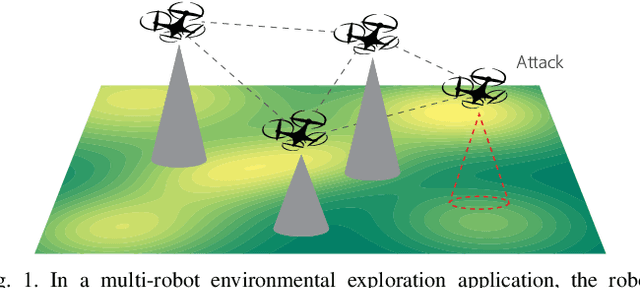
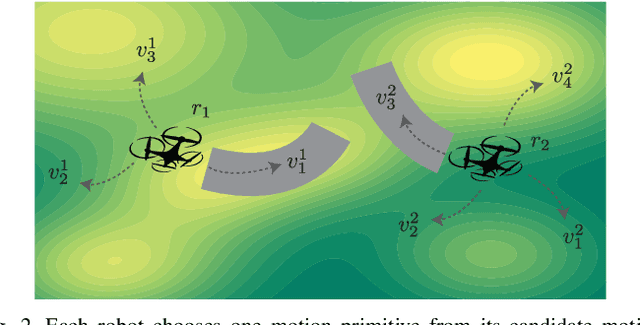
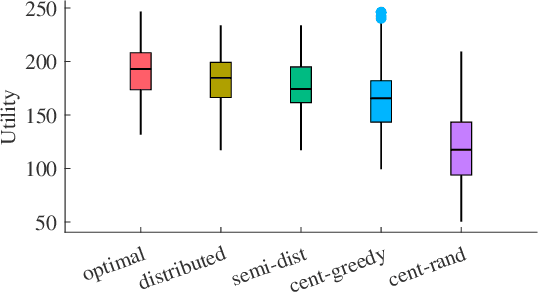
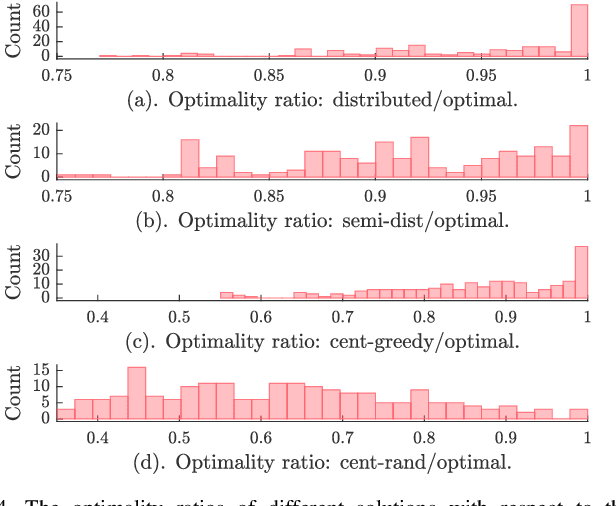
Abstract:In this letter, we consider a distributed submodular maximization problem for multi-robot systems when attacked by adversaries. One of the major challenges for multi-robot systems is to increase resilience against failures or attacks. This is particularly important for distributed systems under attack as there is no central point of command that can detect, mitigate, and recover from attacks. Instead, a distributed multi-robot system must coordinate effectively to overcome adversarial attacks. In this work, our distributed submodular action selection problem models a broad set of scenarios where each robot in a multi-robot system has multiple action selections that may fulfill a global objective, such as exploration or target tracking. To increase resilience in this context, we propose a fully distributed algorithm to guide each robot's action selection when the system is attacked. The proposed algorithm guarantees performance in a worst-case scenario where up to a portion of the robots malfunction due to attacks. Importantly, the proposed algorithm is also consistent, as it is shown to converge to the same solution as a centralized method. Finally, a distributed resilient multi-robot exploration problem is presented to confirm the performance of the proposed algorithm.
Multi-Robot Coordination and Planning in Uncertain and Adversarial Environments
May 02, 2021
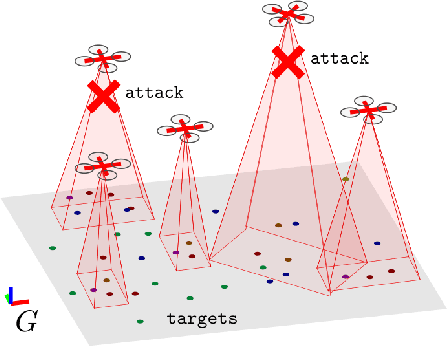
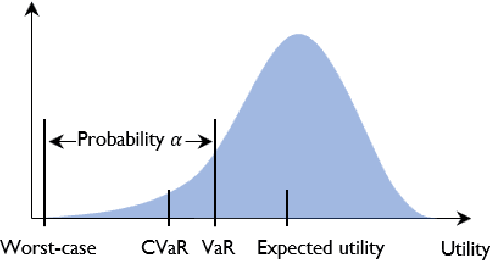

Abstract:Deploying a team of robots that can carefully coordinate their actions can make the entire system robust to individual failures. In this report, we review recent algorithmic development in making multi-robot systems robust to environmental uncertainties, failures, and adversarial attacks. We find the following three trends in the recent research in the area of multi-robot coordination: (1) resilient coordination to either withstand failures and/or attack or recover from failures/attacks; (2) risk-aware coordination to manage the trade-off risk and reward, where the risk stems due to environmental uncertainty; (3) Graph Neural Networks based coordination to learn decentralized multi-robot coordination policies. These algorithms have been applied to tasks such as formation control, task assignment and scheduling, search and planning, and informative data collection. In order for multi-robot systems to become practical, we need coordination algorithms that can scale to large teams of robots dealing with dynamically changing, failure-prone, contested, and uncertain environments. There has been significant recent research on multi-robot coordination that has contributed resilient and risk-aware algorithms to deal with these issues and reduce the gap between theory and practice. Learning-based approaches have been seen to be promising, especially since they can learn who, when, and how to communicate for effective coordination. However, these algorithms have also been shown to be vulnerable to adversarial attacks, and as such developing learning-based coordination strategies that are resilient to such attacks and robust to uncertainties is an important open area of research.
Risk-Aware Path Planning for Ground Vehicles using Occluded Aerial Images
Apr 23, 2021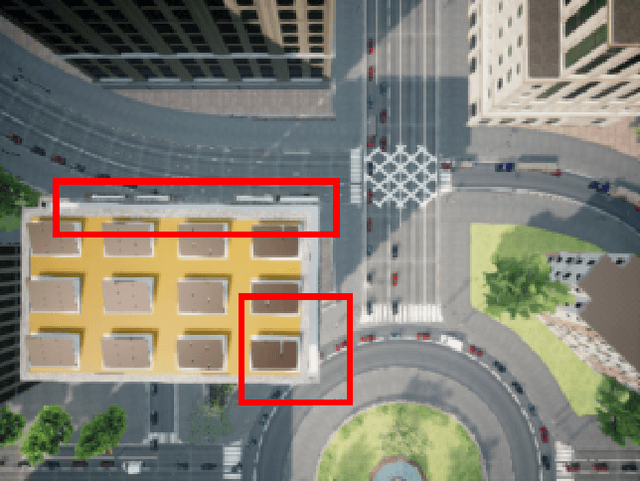
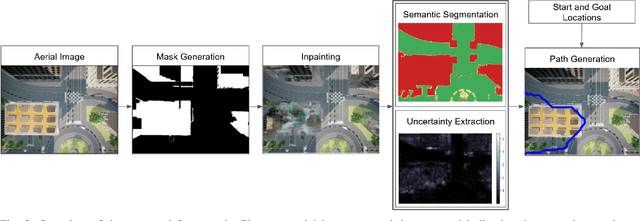
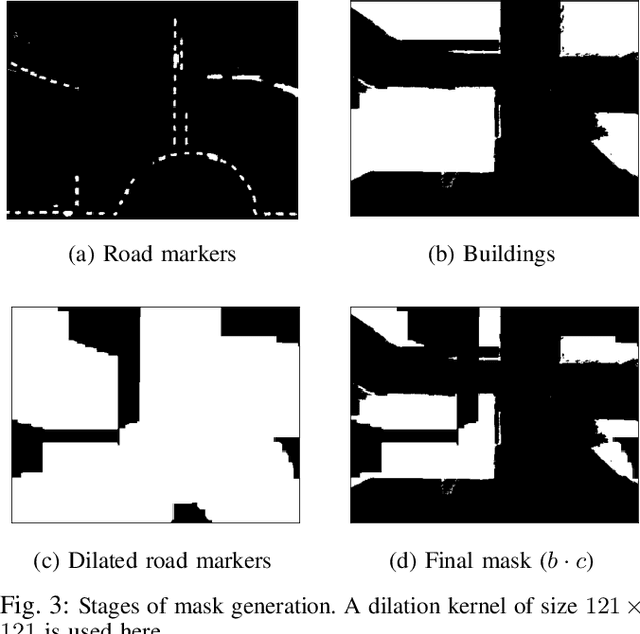
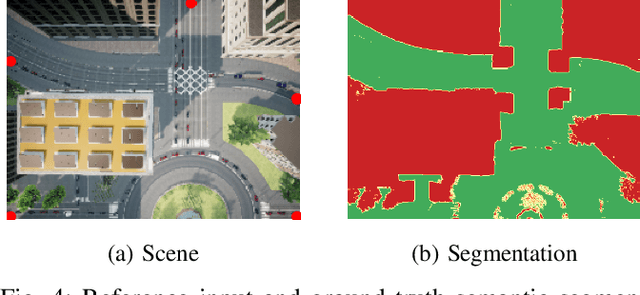
Abstract:We consider scenarios where a ground vehicle plans its path using data gathered by an aerial vehicle. In the aerial images, navigable areas of the scene may be occluded due to obstacles. Naively planning paths using aerial images may result in longer paths as a conservative planner may try to avoid regions that are occluded. We propose a modular, deep learning-based framework that allows the robot to predict the existence of navigable areas in the occluded regions. Specifically, we use image inpainting methods to fill in parts of the areas that are potentially occluded, which can then be semantically segmented to determine navigability. We use supervised neural networks for both modules. However, these predictions may be incorrect. Therefore, we extract uncertainty in these predictions and use a risk-aware approach that takes these uncertainties into account for path planning. We compare modules in our approach with non-learning-based approaches to show the efficacy of the proposed framework through photo-realistic simulations. The modular pipeline allows further improvement in path planning and deployment in different settings.
Multi-robot Symmetric Rendezvous Search on the Line
Jan 28, 2021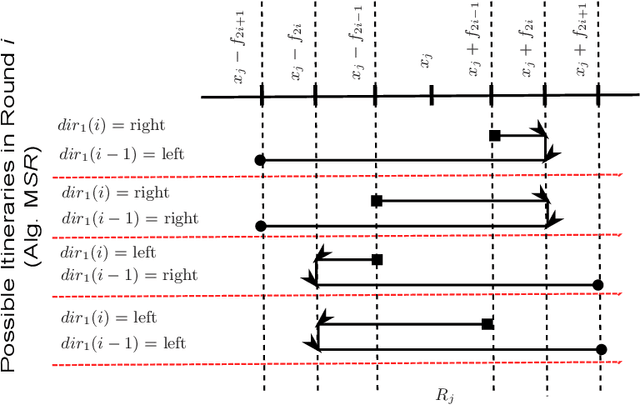

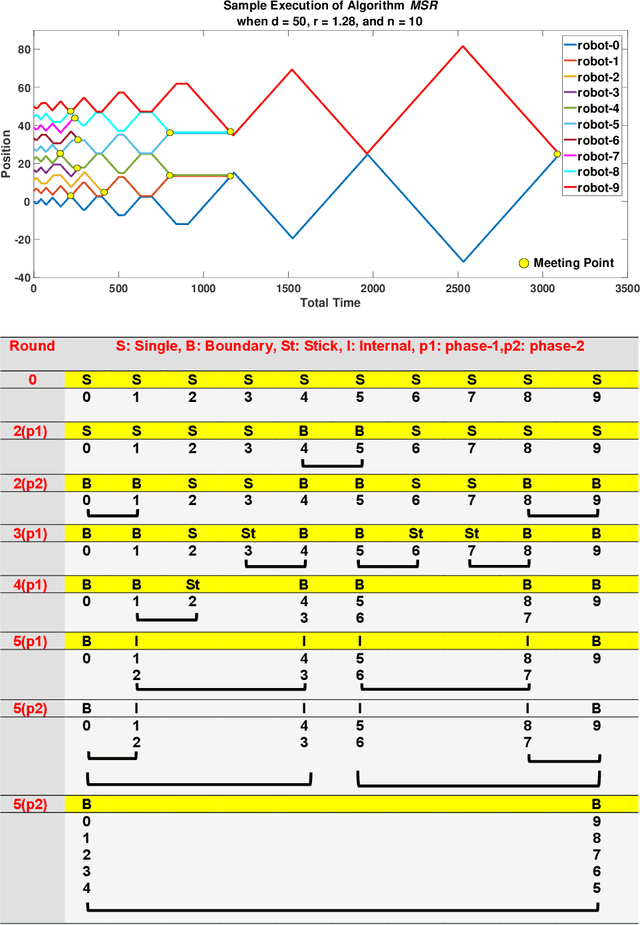
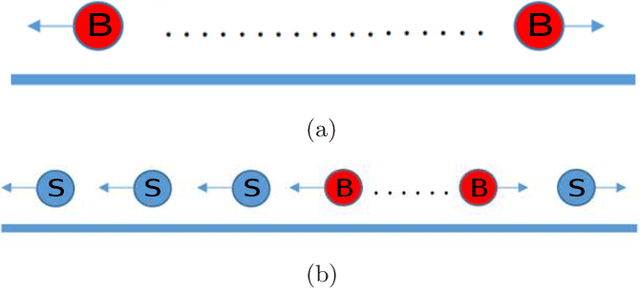
Abstract:We study the Symmetric Rendezvous Search Problem for a multi-robot system. There are $n>2$ robots arbitrarily located on a line. Their goal is to meet somewhere on the line as quickly as possible. The robots do not know the initial location of any of the other robots or their own positions on the line. The symmetric version of the problem requires the robots to execute the same search strategy to achieve rendezvous. Therefore, we solve the problem in an online fashion with a randomized strategy. In this paper, we present a symmetric rendezvous algorithm which achieves a constant competitive ratio for the total distance traveled by the robots. We validate our theoretical results through simulations.
GATSBI: An Online GTSP-Based Algorithm for Targeted Surface Bridge Inspection
Dec 09, 2020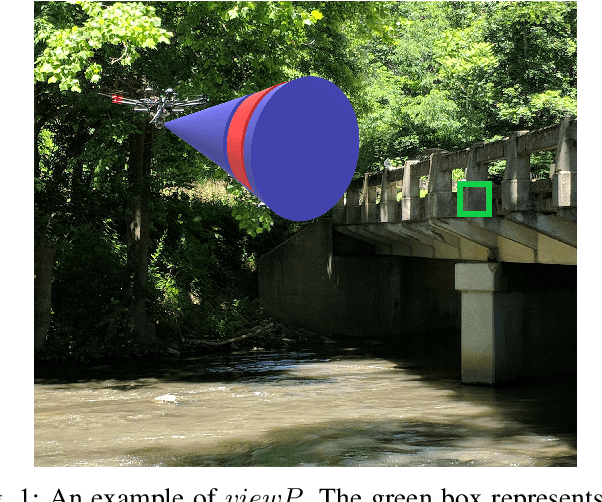
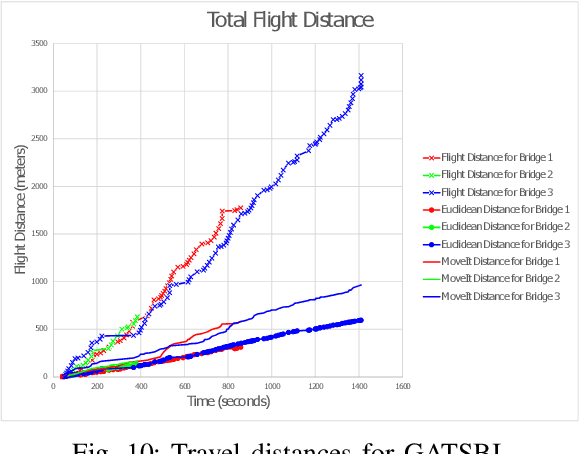
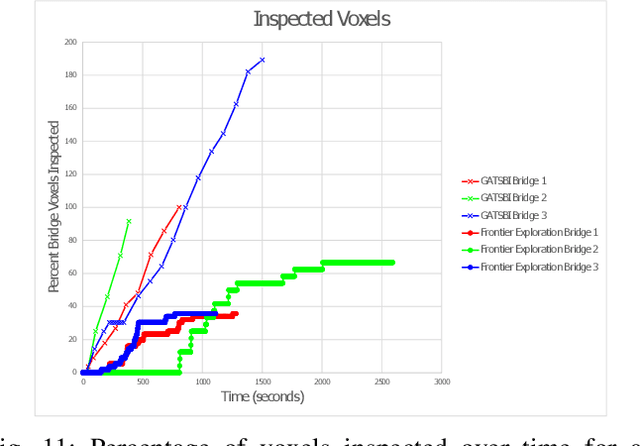
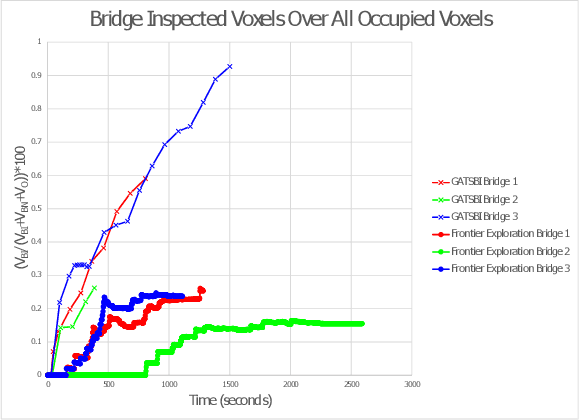
Abstract:We study the problem of visually inspecting the surface of a bridge using an Unmanned Aerial Vehicle (UAV) for defects. We do not assume that the geometric model of the bridge is known. The UAV is equipped with a LiDAR and RGB sensor that is used to build a 3D semantic map of the environment. Our planner, termed GATSBI, plans in an online fashion a path that is targeted towards inspecting all points on the surface of the bridge. The input to GATSBI consists of a 3D occupancy grid map of the part of the environment seen by the UAV so far. We use semantic segmentation to segment the voxels into those that are part of the bridge and the surroundings. Inspecting a bridge voxel requires the UAV to take images from a desired viewing angle and distance. We then create a Generalized Traveling Salesperson Problem (GTSP) instance to cluster candidate viewpoints for inspecting the bridge voxels and use an off-the-shelf GTSP solver to find the optimal path for the given instance. As more parts of the environment are seen, we replan the path. We evaluate the performance of our algorithm through high-fidelity simulations conducted in Gazebo. We compare the performance of this algorithm with a frontier exploration algorithm. Our evaluation reveals that targeting the inspection to only the segmented bridge voxels and planning carefully using a GTSP solver leads to more efficient inspection than the baseline algorithms.
Communication-Aware Multi-robot Coordination with Submodular Maximization
Nov 03, 2020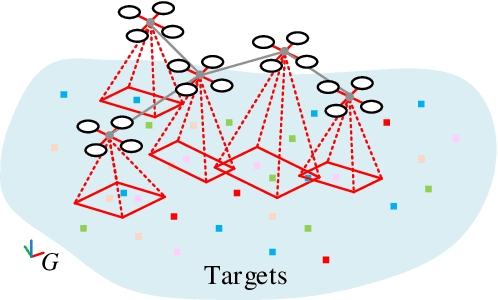
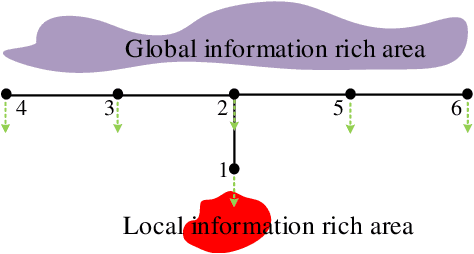

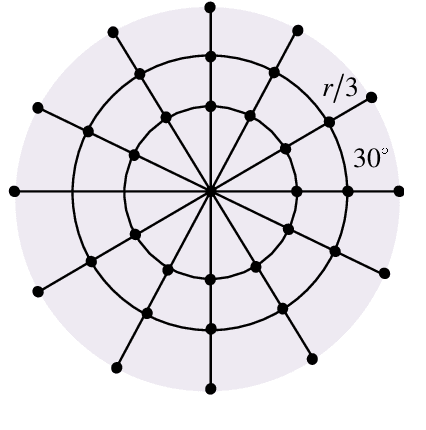
Abstract:Submodular maximization has been widely used in many multi-robot task planning problems including information gathering, exploration, and target tracking. However, the interplay between submodular maximization and communication is rarely explored in the multi-robot setting. In many cases, maximizing the submodular objective may drive the robots in a way so as to disconnect the communication network. Driven by such observations, in this paper, we consider the problem of maximizing submodular function with connectivity constraints. Specifically, we propose a problem called Communication-aware Submodular Maximization (CSM), in which communication maintenance and submodular maximization are jointly considered in the decision-making process. One heuristic algorithm that consists of two stages, i.e. \textit{topology generation} and \textit{deviation minimization} is proposed. We validate the formulation and algorithm through numerical simulation. We find that our algorithm on average suffers only slightly performance decrease compared to the pure greedy strategy.
Multi-Agent Reinforcement Learning for Persistent Monitoring
Nov 02, 2020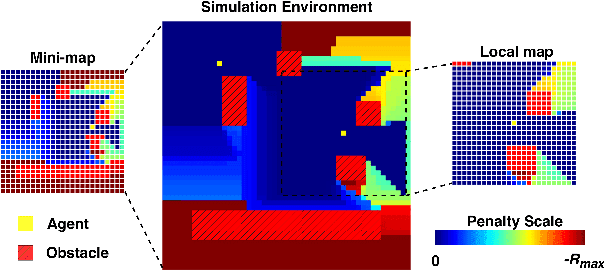
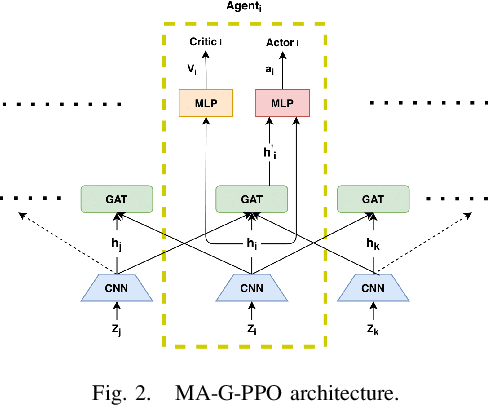

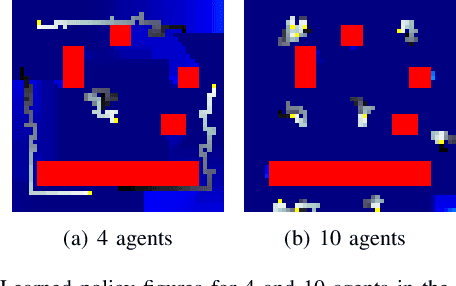
Abstract:The Persistent Monitoring (PM) problem seeks to find a set of trajectories (or controllers) for robots to persistently monitor a changing environment. Each robot has a limited field-of-view and may need to coordinate with others to ensure no point in the environment is left unmonitored for long periods of time. We model the problem such that there is a penalty that accrues every time step if a point is left unmonitored. However, the dynamics of the penalty are unknown to us. We present a Multi-Agent Reinforcement Learning (MARL) algorithm for the persistent monitoring problem. Specifically, we present a Multi-Agent Graph Attention Proximal Policy Optimization (MA-G-PPO) algorithm that takes as input the local observations of all agents combined with a low resolution global map to learn a policy for each agent. The graph attention allows agents to share their information with others leading to an effective joint policy. Our main focus is to understand how effective MARL is for the PM problem. We investigate five research questions with this broader goal. We find that MA-G-PPO is able to learn a better policy than the non-RL baseline in most cases, the effectiveness depends on agents sharing information with each other, and the policy learnt shows emergent behavior for the agents.
Risk-Aware Submodular Optimization for Multi-objective Travelling Salesperson Problem
Nov 02, 2020
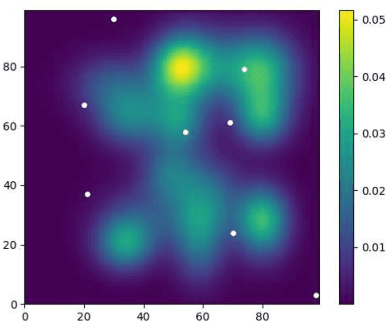


Abstract:We introduce a risk-aware multi-objective Traveling Salesperson Problem (TSP) variant, where the robot tour cost and tour reward have to be optimized simultaneously. The robot obtains reward along the edges in the graph. We study the case where the rewards and the costs exhibit diminishing marginal gains, i.e., are submodular. Unlike prior work, we focus on the scenario where the costs and the rewards are uncertain and seek to maximize the Conditional-Value-at-Risk (CVaR) metric of the submodular function. We propose a risk-aware greedy algorithm (RAGA) to find a bounded-approximation algorithm. The approximation algorithm runs in polynomial time and is within a constant factor of the optimal and an additive term that depends on the optimal solution. We use the submodular function's curvature to improve approximation results further and verify the algorithm's performance through simulations.
 Add to Chrome
Add to Chrome Add to Firefox
Add to Firefox Add to Edge
Add to Edge